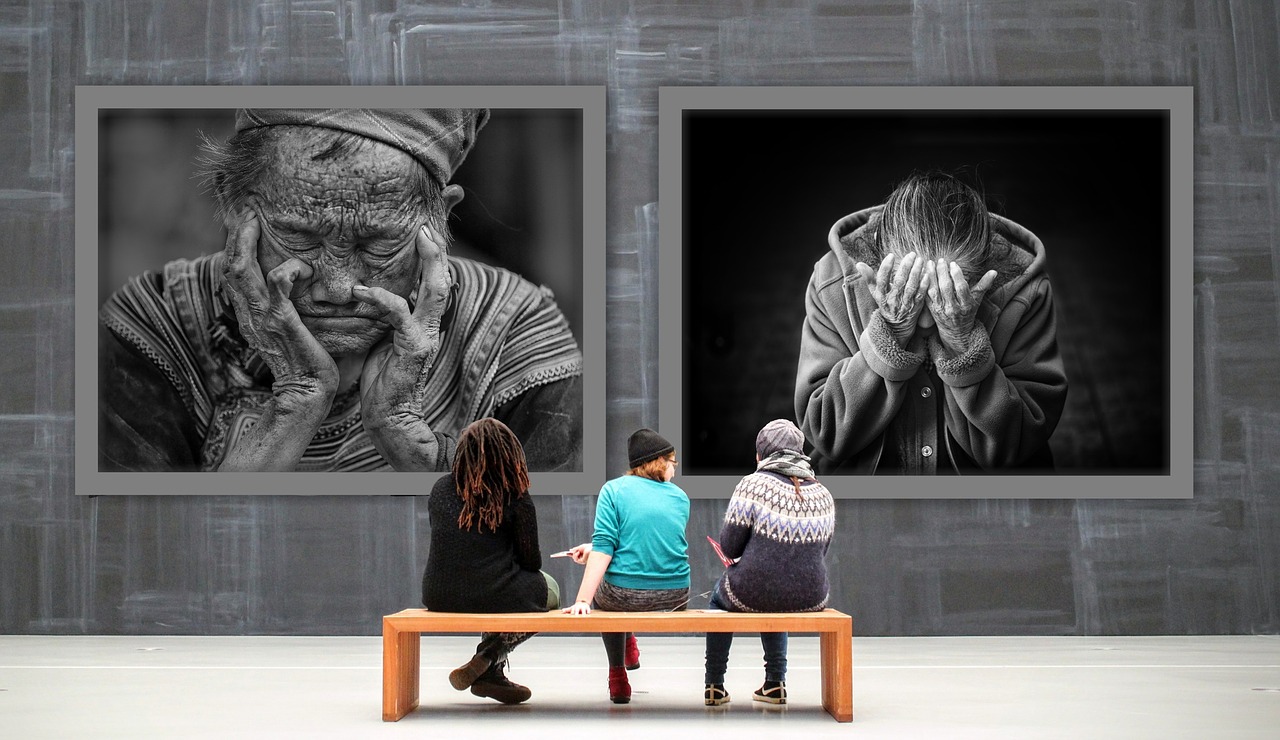It can be very exciting to watch exhibition ideas develop to models, drawings, and fly-throughs – but how can you know whether the designs are good? The only way you can be sure is by watching the design working on-site. This is what we have been doing over the years, and we have five general principles that will go a long way in helping our design thinking.
- Creating a good first impression
The top of every design brief is to make a big impact. A good way of attracting visitors is through the use of bold and creative ideas to the design: there is the airspace above the stand that you can use as a visual signal; choose a different or new material; incorporating unique props, displays, and exhibition panels; consider interactive games and also high technology solutions.
Making people part of the design is a good idea – you should see exhibitions as live events and not just an expose for 3D design- and you can use the buzz and drama that comes with compering, performing, dressing-up, and presenting so you can create a good impression and attracting a crowd. It is also a good idea to consider giveaways and merchandising, and if possible, try creating bespoke themed giveaways, but they should also be useful. When you can balance the above elements, then you will have an advantage when it comes to winning the approval and interest of the visitors.
- Creating the right environment
The design should always be a reflection of the brand of the exhibitor. Use the architecture, structure, displays, layout, lighting, and audiovisual in creating an atmospheric and visual embodiment of your brand. To create the right brand environment, you will need to understand the company, the market, the competition, and the target audience. It should not be confused with applying the brand to an environment.
One thing you need to keep in mind is that the environment is the function of a fundamental purpose of a stand. You need to make this obvious through the design – does the stand look like it is a retail store, market stall, a theatre, a hi-tech showcase, or a meeting place? You need to ensure the visit to the stand is stress-free, using reassuring canopies, soft lighting, accessible seating, and tiered levels. The small things many people tend to ignore are the ones that can easily make or break a good design. You should look at the different accessories, furniture, finishes, and planting – from the floor to the canopy – every inch is very important. You can enhance the experience of the audience by having a great brand environment.
- Controlling movement
The theory of exhibition theory is through creating zones to control the traffic, but common sense can easily solve this problem. Think about the visitors when they enter the stand – do you give them devices so they can browse and see the different features or is it a path or journey; are they required to enter and be greeted and registered or do they have to sit down and wait while enjoying some refreshments. Each of the different needs is going to require some space and area that allows for the movements while taking into consideration the health and safety of the people inside.

One approach many designs is the hierarchy of spaces when managing visitors – this is usually by having different levels, tiers, or selective rooms. When designing the stand, make sure people can move on, around and off easily, and this is by having a clear sense of purpose and direction when inside.
- Controlling messaging
When it comes to an exhibition, less information is always better than a lot. It is a good idea to use tiered levels of messaging. Make sure there is a top-line theme guiding the whole stand. You can then layer up the messaging through stories or examples to demonstrate and illustrate the theme. You should also give out the online link if they want more information in detail – or printing materials, an app, or a flash drive as a giveaway.
If you choose to work with video, then know you will need to make something that will be effective without sound. Using short text over audio scripts is a good idea. You also need to make sure you have quality visuals. Another option is using screen information that loops so you can deliver the message more easily. You will notice there is always new technology in every event, but you should be careful because you don’t want the technology overriding communication. The communication can be virtual, high tech, immersive or interactive, and you need to make it concise. If you want the visitors to remember your message, carefully structure the information you are conveying.
- Thinking of the staff
We based the first exhibition design around a large central structure, and this formed the core of our stand. This worked well, except the part where the staff was feeling like they were isolated from the visitors who were on the other side. What we have done is designing stands that allow the staff to monitor from any position. You need to make sure the staff has a good experience too. Some of the considerations you have to make include refreshments, storage, power, connectivity and space where they can work or rest. When designing you need to put yourself in a situation where you have to stand for long hours during the exhibition. Is the lighting too intense, is the floor too hard, and is the sound irritating? The experience of the staff is our top priority, even above effective communication with the audience. When they are comfortable, they will be more effective and productive, which increases the success of the exhibition.



























